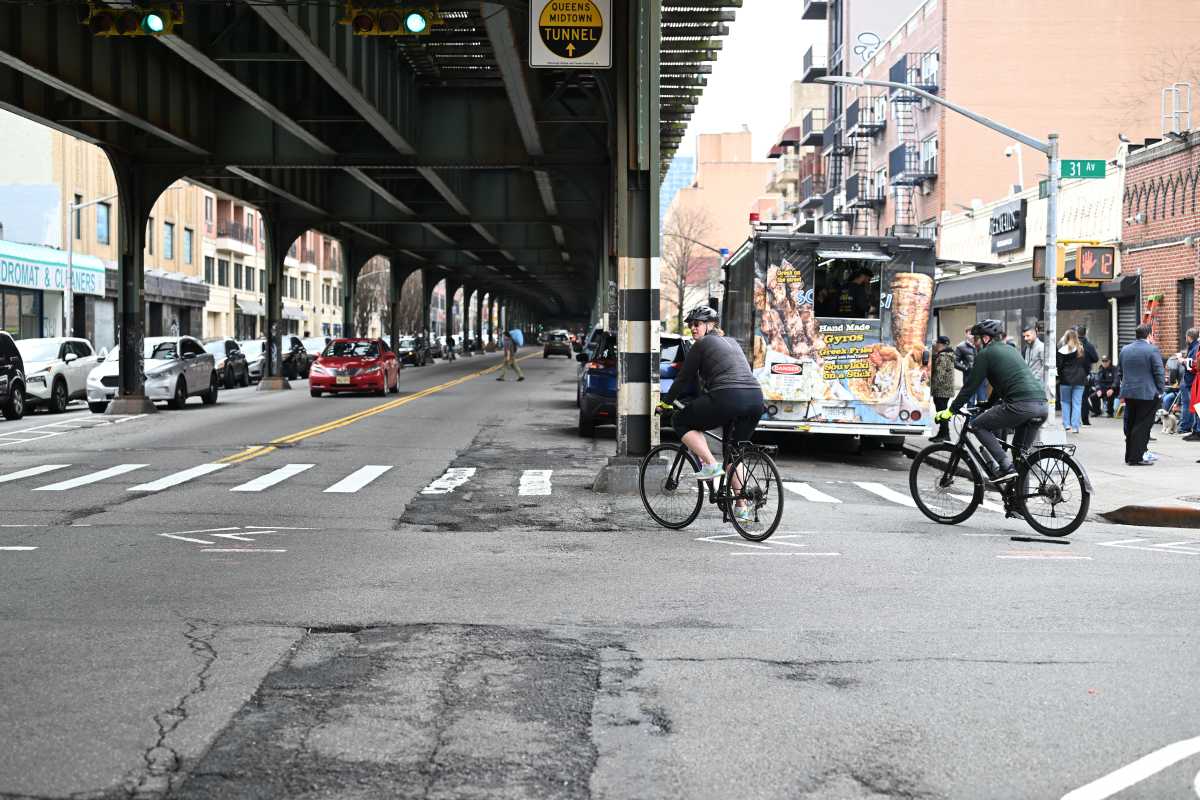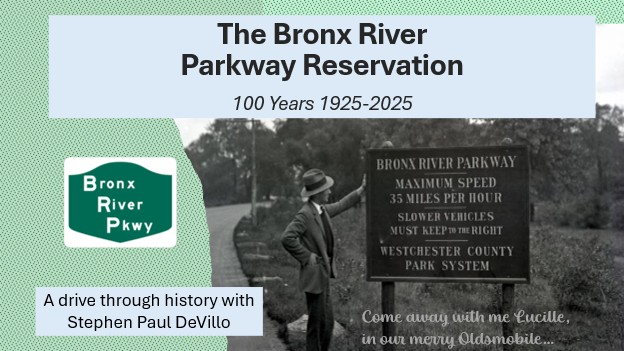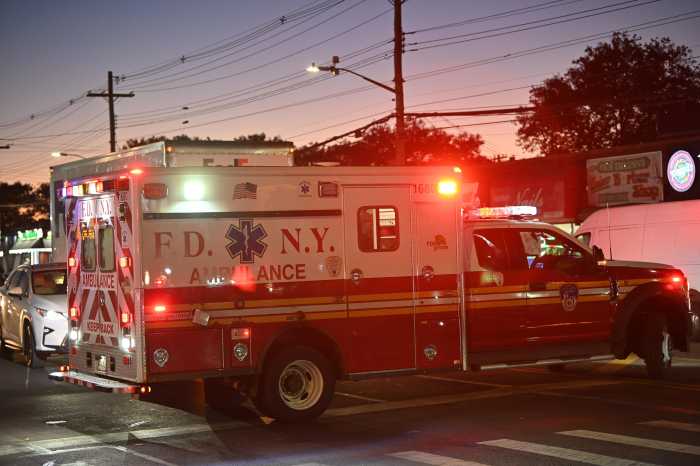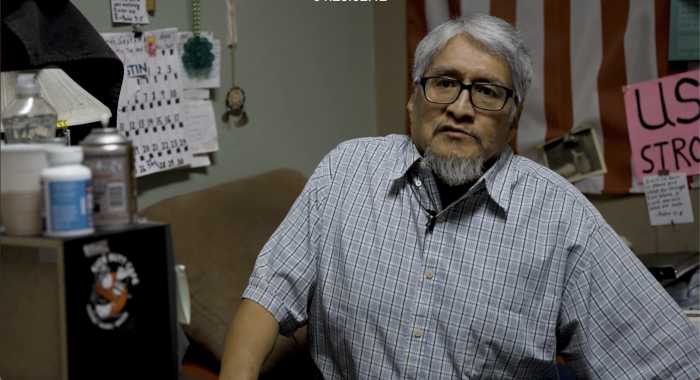By Albert Amateau
Volume 77 / Number 29 – December 19 – 25, 2007
A group of Villagers are still urging that affordable housing be included in the residential project planned by the Rudin Organization as part of St. Vincent’s Hospital’s rebuilding plan.
On Nov. 19, local political club Village Independent Democrats, along with Keen Berger and Brad Hoylman, Democratic district co-leaders, took part in a hastily planned demonstration at St. Vincent’s calling for low- and moderate-income housing to be part of the plans.
But prospects are very dim for affordable housing to be included in the luxury residential development intended to pay for a 21st-century hospital in the massive project in the middle of the Greenwich Village Historic District.
Rudin representatives have said at public meetings that the finances of the project and the prime goal of funding a state-of-the-art hospital for St. Vincent’s would preclude subsidized housing in the plan.
The latest affordable housing pitch came on Nov. 27 when Berger, who is also a Community Board 2 member, and Marlene Nadle, V.I.D. Housing Committee chairperson, met with John Gilbert, operations vice president for Rudin; and Michael Fagan, assistant vice president of St. Vincent’s; and Travis Terry, a community relations consultant for the hospital project.
Berger and Nadle sought to convince the hospital and Rudin representatives that there are programs that could finance affordable housing in the project. Nadle said the hospital and Rudin should seriously consider “combining public financing with somewhat reducing the technological wonders of the new hospital or cutting the profit margin.”
Berger said she would support the present project even at the proposed height and bulk if it would include “at least 20 percent — 30 percent would be better — of low-income housing and some school space, ideally a middle or elementary school.”
Berger noted the proposed height and bulk with a 265-foot-tall main residential building on the east side of Seventh Ave. and a 330-foot-tall hospital building on the west side of the avenue, is fiercely opposed by many residential neighbors.
Berger and Nadle said that Fagan and Gilbert indicated they would try again to find ways to include affordable housing.
But last week, Gilbert said, “There’s just no way that I have found to include affordable housing in a project designed to pay for a 21st-century green hospital without using any public funds.”
Rudin has agreed to pay St. Vincent’s more than $500 per square foot of floor area on the east side of the avenue in order to partially fund the new hospital on the O’Toole building site on the west side of Seventh Ave. At that price, Gilbert said, the only feasible project calls for the sale of an estimated total of about 400 market-rate residential condo units.
Affordable housing advocates have noted that an “80/20” Williamsburg project includes 20 percent affordable rentals along with market-rate condo units. But Gilbert said the Williamsburg project involves a residential condo tower that is taller than the proposed Rudin residential building on Seventh Ave., plus a smaller rental building. The sale of the city-owned Williamsburg land funded the affordable housing, but the sale of the St. Vincent’s main campus property is intended to fund the new hospital, Gilbert noted.
Danielle De Cerbo, head of City Council Speaker Christine Quinn’s land-use department, said last week that St. Vincent’s and Rudin people did reach out to say they were looking for programs that might include affordable housing. But De Cerbo was not optimistic that the project finances would allow such housing.
State Senator Tom Duane said in a telephone interview last week that St. Vincent’s should have an interest in affordable housing for nurses, interns and other staff. Duane noted the existence of federal tax-credit programs and a federal subsidy program for senior housing, as well as the federal Housing Opportunities for People With AIDS program.
Although “80/20” programs scarcely exist these days, they might when Rudin is ready to build the residential part of the project in about six years, after the new hospital building is up and running.
But V.I.D.’s Nadle insisted that now is the time for decisions before the project undergoes the city’s uniform land use review procedure, or ULURP, which is scheduled to begin early next year. Prior to ULURP, the Landmarks Preservation Commission must approve demolition and determine whether proposed new buildings are appropriate for the Greenwich Village Historic District.
District Leaders Berger and Hoylman have indicated they would urge C.B. 2 to disapprove the project during the review if affordable housing is not included. But community boards are strictly advisory. The City Council, however, does have a final decision on approval of the project.







































